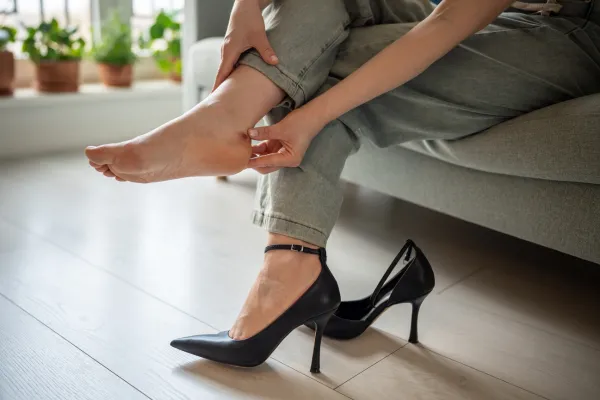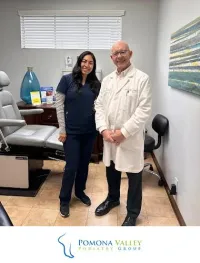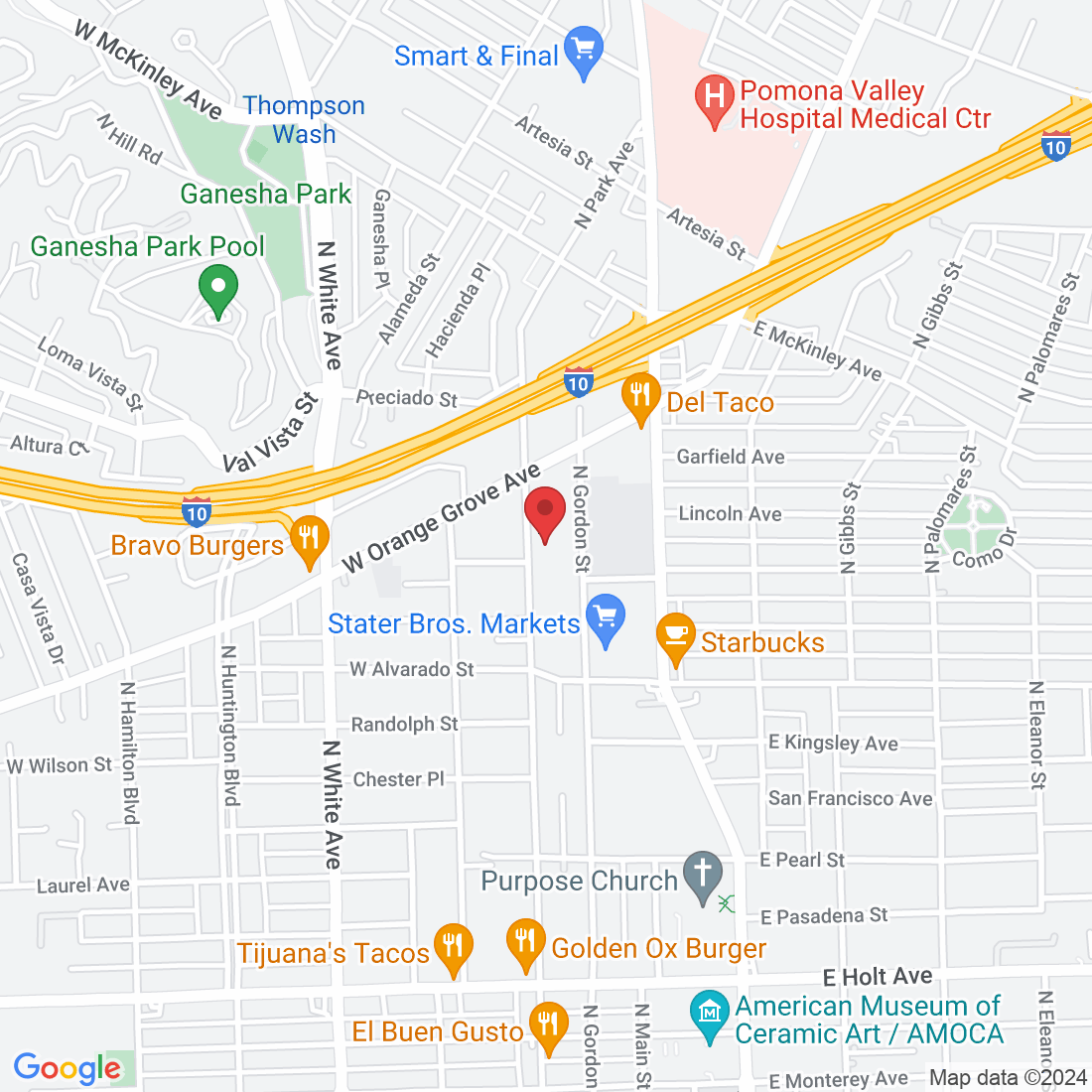
The Best Footwear to Prevent Corns and Calluses: Comfort and Protection
If you’ve ever dealt with corns or calluses, you know just how uncomfortable and painful they can be. The good news is that a lot of the discomfort caused by these skin growths can be prevented by simply choosing the right shoes. Proper footwear not only protects your feet but also helps distribute pressure evenly, reducing the risk of developing corns, calluses, and other foot issues. In this blog post, we’ll discuss how to choose the best footwear to keep your feet happy and healthy.
Why Footwear is Key in Preventing Corns and Calluses
Corns and calluses develop as a natural defense against repeated friction and pressure. While they can form on various parts of the feet, they’re most commonly found on the toes, heels, and the balls of the feet. Wearing shoes that rub or apply excess pressure in these areas can cause the skin to thicken, leading to painful corns and calluses.
Choosing the right footwear can minimize these risk factors and keep your feet free from these annoying and sometimes painful conditions.
Key Features to Look for in Footwear
Here are some of the most important features to consider when selecting shoes to prevent corns and calluses:
Proper Fit
The most important feature of any shoe is its fit. Shoes that are too tight or too loose can create friction that leads to the formation of corns and calluses. Your shoes should have enough room in the toe box to allow your toes to move freely without being cramped, while also providing a secure fit to prevent slippage.Cushioning
Adequate cushioning in your shoes helps absorb shock with each step, reducing the pressure on high-impact areas like the heels and balls of the feet. Look for shoes with a cushioned insole or padded lining that will keep your feet comfortable and protected throughout the day.Arch Support
Shoes with good arch support can help distribute weight evenly across the foot, reducing the pressure on the toes and heels. Proper arch support can also prevent foot misalignment, which may contribute to the formation of corns and calluses.Breathability
Shoes made from breathable materials (like leather, mesh, or cotton) allow air to circulate, which can help reduce moisture build-up. Excessive moisture in your shoes can soften the skin and make it more prone to friction, so breathable shoes can help keep your feet dry and comfortable.Flexible Soles
A flexible sole allows for natural foot movement and helps prevent pressure points. Shoes with too rigid soles may cause your feet to slide unnaturally, which can lead to friction and skin irritation. Look for shoes with soles that bend and flex with your steps to reduce pressure on specific areas of your feet.Heel Height
High heels can push the toes into a cramped position, increasing pressure on the front of the foot, which can lead to calluses on the balls of the feet. While it's important to avoid very high heels, opt for a moderate heel (1 to 1.5 inches) with a rounded toe box to ensure comfort and proper foot alignment.Seamless Design
Shoes with smooth, seamless interiors prevent unnecessary rubbing and irritation on your feet. Internal seams and stitching that rub against the skin can cause blisters or aggravate existing calluses, so look for shoes with seamless linings or minimal stitching in key pressure areas.
Types of Shoes that Help Prevent Corns and Calluses
Now that you know what features to look for, let’s dive into the types of shoes that are particularly good at preventing corns and calluses:
Athletic Shoes
Running shoes and athletic footwear are often designed with support, cushioning, and flexibility, making them an excellent option for preventing corns and calluses. They offer a good balance of comfort and protection, especially for people who spend a lot of time on their feet or engage in physical activity.Orthopedic Shoes
Orthopedic shoes are specially designed to support foot health, with features like custom arch support, cushioning, and wide toe boxes. While they may not always be the most fashionable, they provide excellent protection against foot problems, including corns and calluses.Sandals with Arch Support
If you prefer sandals, look for those with built-in arch support and cushioning. Brands like Birkenstock and Vionic offer stylish sandals that are comfortable and provide the support needed to prevent foot issues like corns and calluses.Slip-On Shoes and Loafers
Slip-ons and loafers can be comfortable and protective if they have a roomy toe box and cushioning. Look for styles that provide a secure fit and don’t slip off while walking. Make sure the material is breathable and not too tight around the toes.Work Shoes with a Wide Toe Box
If you work long hours on your feet, it’s crucial to choose shoes that provide comfort and protection. Look for work shoes designed with a wide toe box, cushioning, and supportive insoles to prevent foot strain and irritation that can lead to corns and calluses.
Tips for Maintaining Healthy Feet
Rotate Your Shoes: Don’t wear the same pair of shoes every day. Rotating shoes allows your feet to breathe and prevents excessive pressure on one area.
Keep Your Feet Clean and Dry: Moisture can lead to friction, so make sure to dry your feet thoroughly after showering or swimming.
Trim Toenails Properly: Cut your toenails straight across to avoid putting pressure on the edges of your toenails, which can lead to calluses.
Use Protective Pads: For additional protection in high-friction areas, consider using gel or cushioned pads inside your shoes.
Conclusion
Choosing the right footwear is one of the most effective ways to prevent corns and calluses from forming and to keep your feet healthy. By focusing on comfort, support, and protection, you can reduce the risk of developing painful foot conditions that interfere with your daily activities.
If you’re concerned about corns, calluses, or other foot health issues, don’t hesitate to reach out to Pomona Valley Podiatry Group. Our team is here to help you find the best solutions to keep your feet in top shape!
Ask And His Team
Fill in the form to request a Call From Our Team
One of our team will call you for FREE and answer any questions or concerns you may have about your uncomfortable foot condition





